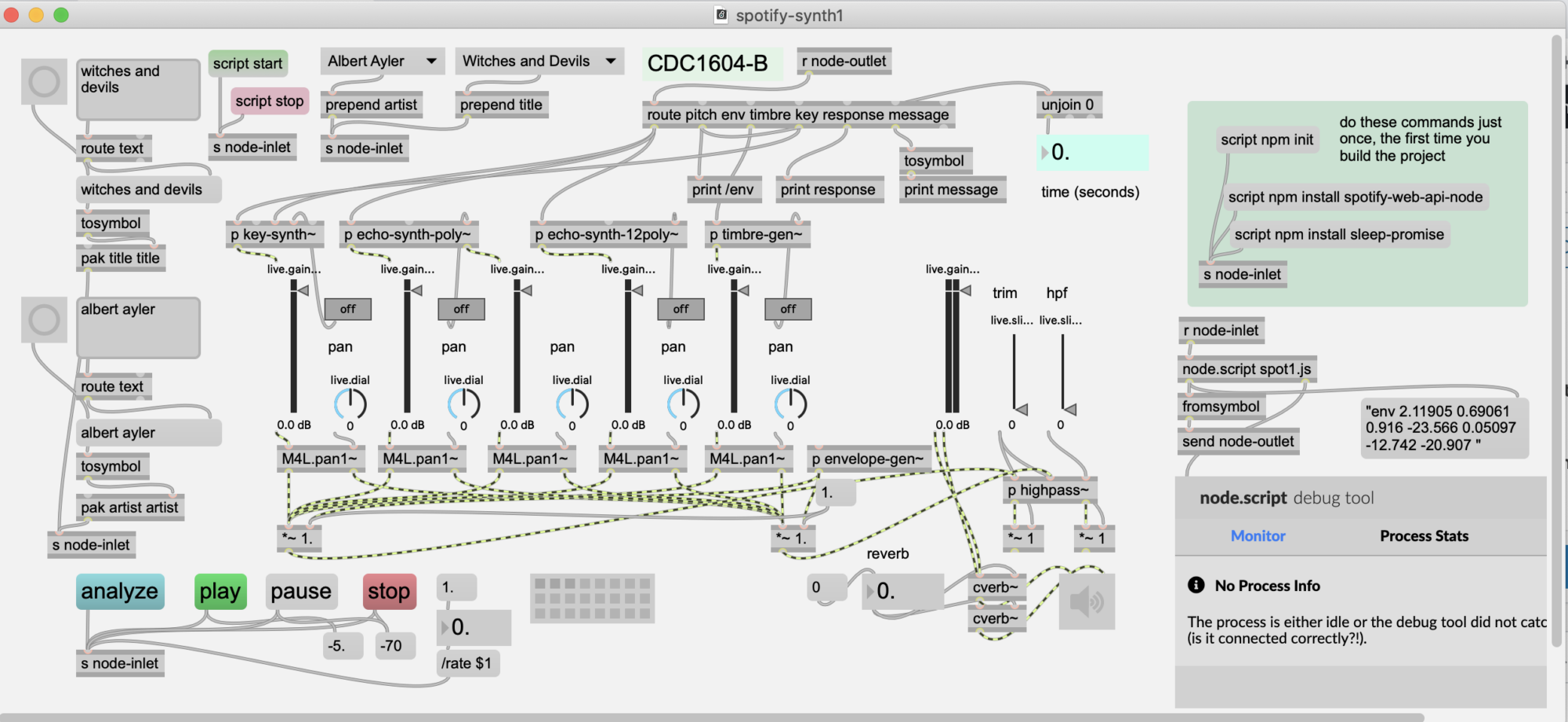Prototyping
Favorite tool of artists and engineers
- Proof of Concept
- Small failures are cheaper – “The Lean Startup” by Eric Ries http://theleanstartup.com/principles
- A prototype often leads to unexpected discoveries
How to make prototypes
- Talk to people about your idea (but don’t let them talk you out of it)
- Use Google as a research library
- Learn to hack computer programs (you don’t need actually to write one) Flappy Bird clones: https://reactivemusic.net/?s=flappy
- Github
- Terminal (Linux)
- Text Editors
- Read manuals, blogs, forums, and academic papers
- Make things
- Arduino, R-Pi, breadboard
- Lego, cardboard, duct-tape
- recycling
- Max, Pd, Processing, HTML5
- Max for Live
- help files
- externals
- Reverse engineering (Leap Motion Bloom thing https://reactivemusic.net/?p=9135)
- Show your work: videos, writing, open source…
How to get ideas
- Change
- Solve a problem: “No problem can be solved from the same level of consciousness that created it” (A. Einstein)
- Transcoding: (visualization, sonification, sign language) birds on wires: http://vimeo.com/6428069
- Portraits (Luke Dubois)
- “Oblique Strategies” by Brian Eno http://stoney.sb.org/eno/oblique.html
- Randomness: I’m thinking of something http://imthinkingofsomething.com
- Habits
- Reverse engineer yourself
Thoughts about the music business, 2014
- Solve someone else’s problem
- Making connections
- Online portfolios
- Try hiring yourself
Assignment
The final project for the class: build a prototype
- answer a question
- solve a problem
- prove a concept
- build a small part of a bigger idea
For next week, please send me, or tell me what you will be doing: A sentence, a paragraph, a drawing, an “elevator pitch”. This is an important part of the process because I will decide whether you get funding to continue your work 🙂 You can always change your mind about what kind of prototype to make up until the very last moment.
The entire project will be due on the last day of class for the semester.
It can be anything relevant to the work you are pursuing, perhaps a machine, a dream, an idea for a new type of composition, a way to connect things, an instrument, a piece of music you will pitch to get a gig, or part of a proposal to submit, an idea for a business, a solution to a problem, an experiment (think science-fair) – Mostly it should be an idea you are excited about.
References
- http://saldaofficial.com
- Austin Kleon, “Steal Like an Artist” and “Show Your Work” http://austinkleon.com
- http://network.www.berkleemusic.com/music-jobs
- https://www.elance.com/q/find-work
- http://en.wikipedia.org/wiki/Jaco_Pastorius

